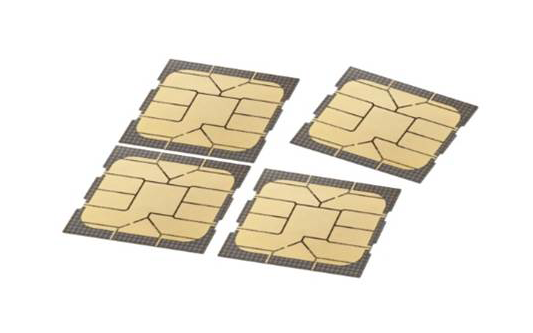The advent of smart card integrated circuits (ICs) has been nothing short of revolutionary in the realms of security and convenience. These small but powerful chips have found applications in a myriad of sectors, from banking and telecommunications to healthcare and transportation. This editorial delves into the evolution, applications, benefits, and future prospects of smart card ICs, underscoring their pivotal role in modern technology.
Evolution of Smart Card ICs
Smart card ICs trace their origins back to the early 1970s, with the invention of the microprocessor-based card by Roland Moreno. This innovation marked the beginning of a new era in secure data storage and transaction processing. Over the decades, smart card technology has evolved, incorporating advanced encryption techniques, biometric authentication, and multi-application capabilities. Today, smart card ICs are an integral part of our daily lives, often unnoticed but indispensable.
Applications of Smart Card ICs
The versatility of smart card ICs is evident in their widespread use across various sectors. In the financial industry, smart cards are the backbone of secure payment systems. Credit and debit cards equipped with ICs offer enhanced security through features like EMV (Europay, MasterCard, and Visa) technology, which significantly reduces the risk of fraud compared to traditional magnetic stripe cards.
In telecommunications, SIM cards are essentially smart cards that store subscriber information, enabling secure and efficient mobile communication. These cards have evolved to support multiple applications, including mobile payments and secure access to digital services.
The healthcare sector also benefits from smart card ICs, which are used in patient identification and secure storage of medical records. This not only improves patient care but also ensures data privacy and compliance with regulations like HIPAA.
Public transportation systems worldwide have adopted smart card technology to streamline fare collection and reduce operational costs. Contactless smart cards allow for quick and efficient access to buses, trains, and subways, enhancing the overall commuting experience.
Benefits of Smart Card ICs
The adoption of smart card ICs brings numerous benefits, foremost among them being enhanced security. Smart cards use sophisticated encryption algorithms to protect sensitive information, making them far more secure than traditional cards. This is crucial in an age where cyber threats are continually evolving.
Convenience is another significant advantage. Smart cards facilitate quick and seamless transactions, whether at a retail checkout, a public transport turnstile, or a hospital admission desk. This efficiency not only saves time for users but also reduces the workload for service providers.
Furthermore, smart card ICs support multi-functionality. A single card can be used for multiple purposes, such as accessing a building, logging into a computer network, and making payments. This reduces the need for carrying multiple cards, simplifying everyday activities for users.
Technological Advancements and Future Prospects
The future of smart card ICs is promising, with ongoing technological advancements poised to expand their capabilities and applications. One notable trend is the integration of biometric authentication, such as fingerprint or facial recognition, directly into the smart card. This enhances security by ensuring that only the authorized user can access the card’s functions.
Another exciting development is the advent of contactless and dual-interface smart cards. These cards offer the flexibility of both contact and contactless communication, providing a seamless user experience. The rise of Near Field Communication (NFC) technology is also contributing to the popularity of contactless smart cards, enabling a wide range of applications from mobile payments to secure access control.
The Internet of Things (IoT) is another area where smart card ICs are making an impact. By providing secure authentication and data transfer, smart cards are becoming integral to IoT ecosystems. This includes applications in smart homes, connected cars, and industrial automation, where security and reliability are paramount.
Challenges and Considerations
Despite their numerous advantages, smart card ICs are not without challenges. One major concern is the cost of implementation, particularly for small businesses and developing regions. However, as technology advances and economies of scale are realized, the cost is expected to decrease, making smart card solutions more accessible.
Another challenge is ensuring interoperability among different systems and standards. With various card types and technologies in use, achieving seamless integration can be complex. Industry collaboration and adherence to international standards are essential to overcome this hurdle.
These insights are based on a report on Smart Card IC Market by Transparency Market Research












